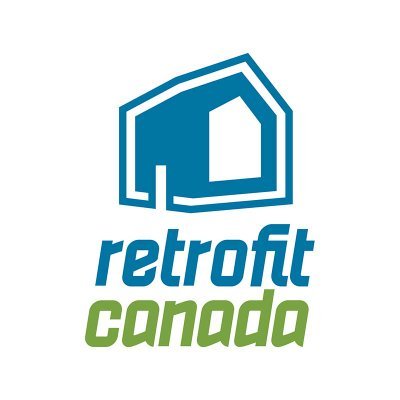 Monday, May 6, 2024
Monday, May 6, 2024  Monday, May 6, 2024
Monday, May 6, 2024 
The first three panelized deep retrofits of single-family homes in North America have finished, and the results are conclusive – panelized retrofits can transform old houses into net-zero-ready buildings.
The three homes, all located in Edmonton, Alberta, were retrofitted with a cutting-edge technique inspired by EnergieSprong, a method developed in the Netherlands and widely adopted by European builders for retrofitting row housing.
The Alberta builder behind the retrofits, Butterwick Projects, used a drone and custom digital imaging technology to design wall panels sized to fit the homes’ exteriors. These panels were prebuilt off-site, with even the windows pre-installed. After the panels were built, crews worked with a crane operator to attach them to the outside of the buildings and seal them together, wrapping the homes in a cosy, super-insulated, airtight blanket.
“We already knew that panelization works for multi-unit residential buildings,” said Peter Amerongen, partner at Butterwick Projects and president of Retrofit Canada, a nonprofit devoted to building Canada’s deep retrofit movement.
“With these three projects, we adapted the same technique to single-family residences, something that no one had ever done in Canada before. It worked beautifully. The pre-built panels fit perfectly, and now, these leaky old buildings perform as well as brand new energy-efficient net-zero homes.”
Butterwick Projects was the first builder in North America to use panelized retrofits with the Sundance Housing Co-op deep retrofit. Now Butterwick has advanced Canada’s deep retrofit movement again with the first single-family home panelized retrofits on the continent. The three projects started in winter 2021. Panel installation occurred in 2022, and the projects finished in fall 2023.
Post-retrofit, each home is now 70 to 80 per cent more efficient and able to get all power from renewable energy sources. The buildings, the newest of which is 54 years old, look like they were built yesterday, can now withstand extreme weather conditions related to climate change and have healthier and fresher indoor air. Where each homeowner reported inconsistent temperatures throughout their homes before the retrofits, their families now enjoy stable temperatures in every room on every floor. Moreover, the homeowners have all disconnected their gas lines and said goodbye to unpredictable utility costs.
Projects like these are critical for helping builders, homeowners and government tackle climate change.
“Most of the homes we live in right now will still be here in 2050. We can’t possibly reduce our emissions enough to maintain a habitable planet unless we can figure out fast and affordable ways to retrofit our existing houses to near-net zero. We’ve demonstrated that panelized retrofits are another way to get us there,” Amergonen said.
Amerongen also says other types of retrofits can make a home net-zero-ready. His message to homeowners who want to do a deep retrofit? Do your research and work with professionals to find the right solution for your situation.
Technical details and information about the three projects are available on retrofitcanada.com.
These projects were funded in part for innovation by SSRIA.